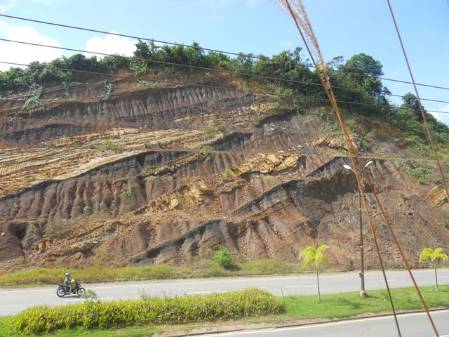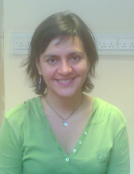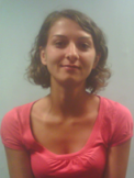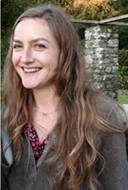By Elena Lo Giudice, University of Kiel
This is Elena, a PhD student at the University of Kiel, in Germany. I’m an oceanographer so this is my first time on land and I never thought that the life of a geologist could be so exciting.
Our adventure started early in the morning trying to communicate with our driver, a very nice, patient and always-smiling guy. After a couple of misunderstandings we arrived at the outcrop and we started the initial investigation of the area. Our curiosity about a missing part of the rock succession drove us at first to the playground of a school, which was built in the middle of the section. Here we were accepted as rockstars - everybody wanted a picture of us - and then we reached the base of the outcrop, a very important point for our work. We were working on the edge of a mining area - there are lots of coal mines here. We will work on mined outcrops higher up in the section later this week but first we need to have health and safety training so we can be safe around the mining roads.
Nathan and me with students at the local school
Our work today consisted of logging the outcrop, for instance defining the different rocks and geological structures present in the strata – from the base to the top - and measuring them. We make this information into a diagram (a log) so that other people on our trip can use them when they want to collect from the section. This way they will know where their fossil or rock samples came from and when we work out the ages and palaeoenvironments of the sections, they can relate that information back to the fossil faunas and floras they have identified and have more information on how they lived.
Layers of clay, silt and sandstone at the Stadion Section near Samarinda
So, after this amazing day, I came back to the hotel with our driver’s smile impressed in my mind, a lot of pictures with the school guys and, of course, 80m of logged section, what can I ask more for just a single day?









